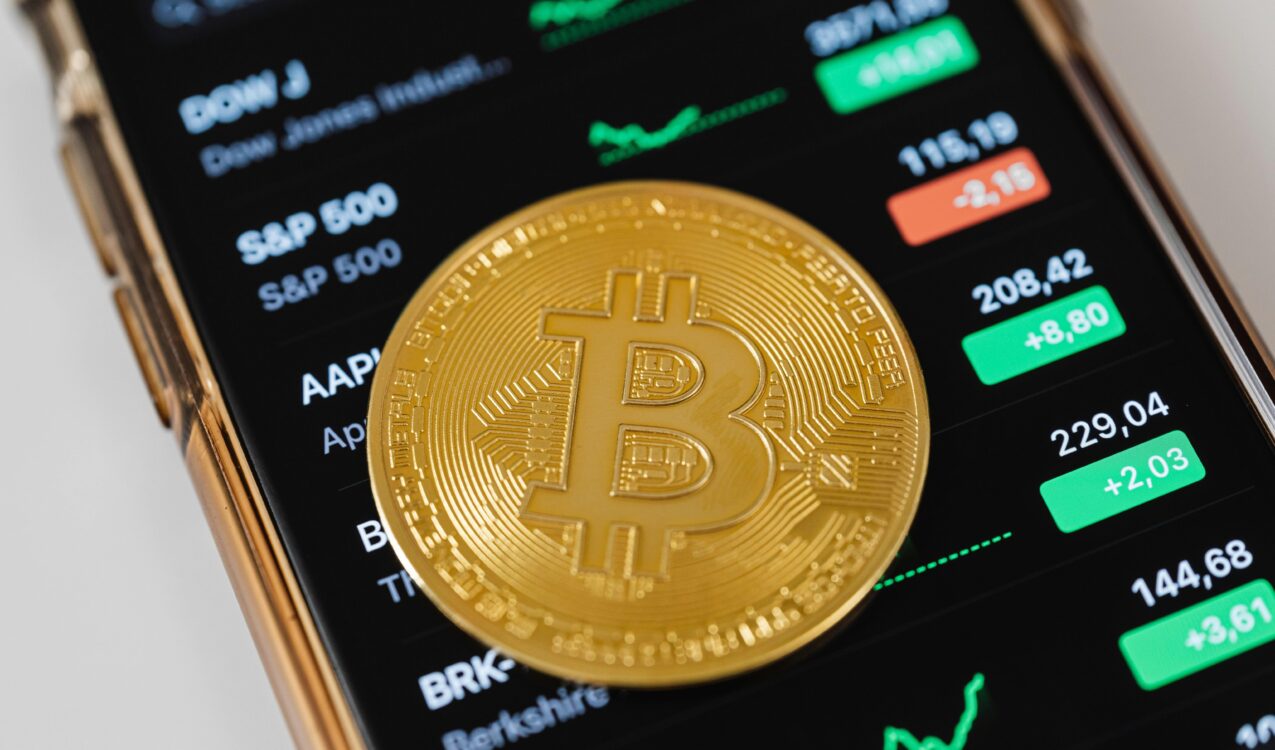Over the past decade, blockchain technology has rapidly evolved from a niche innovation into a global force driving change across industries. At the heart of this revolution lies cryptocurrency, the digital currency that challenges traditional banking and puts financial control back into the hands of individuals.
But the blockchain revolution is much bigger than just Bitcoin. It’s about decentralization, transparency, and trust in a digital world—and it’s just getting started.
🔗 What is Blockchain, Really?
In simple terms, blockchain is a distributed digital ledger. It records transactions across a network of computers in a way that is:
- Immutable (cannot be altered)
- Transparent (visible to all participants)
- Secure (protected by cryptographic algorithms)
Every transaction is recorded in a “block” and linked to the one before it—forming a “chain”. This structure makes it nearly impossible to tamper with data, ensuring trust without needing a middleman.
🪙 Cryptocurrency: The First Killer App
The first real-world use of blockchain was Bitcoin, launched in 2009 as a decentralized alternative to fiat currency. Since then, thousands of cryptocurrencies have emerged, including:
- Ethereum – A programmable blockchain for smart contracts and decentralized apps
- Solana, Cardano, Avalanche – Competing platforms with faster, scalable infrastructures
- Stablecoins – Digital currencies like USDT and USDC that are pegged to fiat value
Cryptocurrencies are more than just investment tools—they’re the foundation of a new financial system, one that’s borderless, open, and fast.
🧠 The Key Benefits of Blockchain Technology
✅ 1. Decentralization
No central authority controls the system. Instead, power is distributed among users—removing the need for banks or government intermediaries.
✅ 2. Transparency
Every transaction is traceable and visible on the public ledger. This builds trust and accountability in financial systems and beyond.
✅ 3. Security
Advanced encryption and consensus mechanisms (like Proof of Work or Proof of Stake) make blockchain highly secure and resistant to fraud.
✅ 4. Efficiency
Blockchain cuts out unnecessary layers—reducing time, cost, and human error. Cross-border payments that take days can now be done in seconds.
🌍 Beyond Currency: Real-World Applications of Blockchain
Blockchain is already making waves in several industries:
- Finance: DeFi (Decentralized Finance) allows users to lend, borrow, and trade assets without traditional banks.
- Supply Chain: From food traceability to manufacturing, blockchain provides real-time tracking and tamper-proof records.
- Healthcare: Patient records and drug histories can be securely shared across providers.
- Digital Identity: Blockchain can give individuals control over their online identity and data.
- Voting Systems: Tamper-proof and transparent elections powered by blockchain may become a future norm.
🔮 The Future of Blockchain
We’re only scratching the surface. With advances in:
- Layer 2 solutions (like Lightning Network or Optimism)
- Interoperability (connecting different blockchains)
- Tokenization of assets (real estate, art, stocks)
…blockchain is paving the way for a more open, inclusive, and secure digital economy.
Governments and institutions are also taking note—with many exploring CBDCs (Central Bank Digital Currencies) and blockchain-based regulation frameworks.
🛠️ Final Thoughts: Why It Matters Now
Blockchain is not just a tech trend—it’s a paradigm shift. It challenges traditional systems, empowers individuals, and redefines what trust looks like in the digital age.
Whether you’re a developer, investor, business owner, or curious learner—understanding blockchain is essential for navigating the future.
We’re not just witnessing the blockchain revolution.
We’re living in it.

